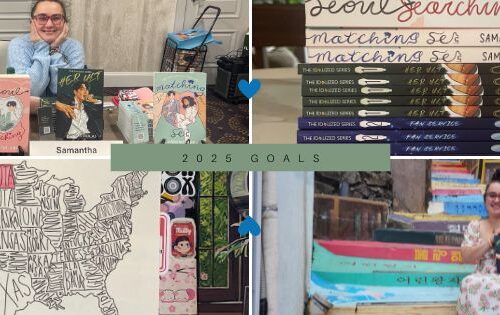A Somber “Attraction” in Korea
When making plans to travel to Korea, my mom only had a few things on her list of things she wanted to see and do. While we sadly couldn’t get to a baseball game at 잠실야구장 (jamsil-yagujang – Jamsil Baseball Stadium), another thing on the list was going to the DMZ, which if you’re unfamiliar with that acronym it’s short for Demilitarized Zone. A portion of land serving as a buffer between the still at war North and South Korea. Yes, North and South Korea are still at war but for these past 70 years have been at a ceasefire.
My mom and I have always been into history, and I wasn’t surprised this was on her list of things to see. Since the other two of our group weren’t too interested, it became a mother daughter excursion. We booked a tour on Trip Advisor (https://www.tripadvisor.com/AttractionProductReview-g294197-d14124672-Korea_DMZ_the_3rd_tunnel_Guided_Tour_from_Seoul_No_Shopping-Seoul.html) and met the group in Myeongdong, where we climbed a bus and headed to the DMZ. It was about an hour drive from Seoul.
The first stop was 임진각 평화누리공원 (imjingag pyeonghwanuligong-won – Imjingak Pyeonghwa Nuri Park) which is the last stop before we actually enter the DMZ. There was this odd separation between the historical significance of the area and a tiny amusement park. But when we found out the reason there was this odd disconnect it was rather upsetting. At this location is the Bridge of Freedom. A bridge which was built for families to grieve the displaced Koreans who have died yearning for their families and hometowns in North Korea and to give their spirits consolation. Beside it, stand two bridges that were destroyed during bombing of the area. One of the bridges was restored to exchange prisoners of war but has since been closed.
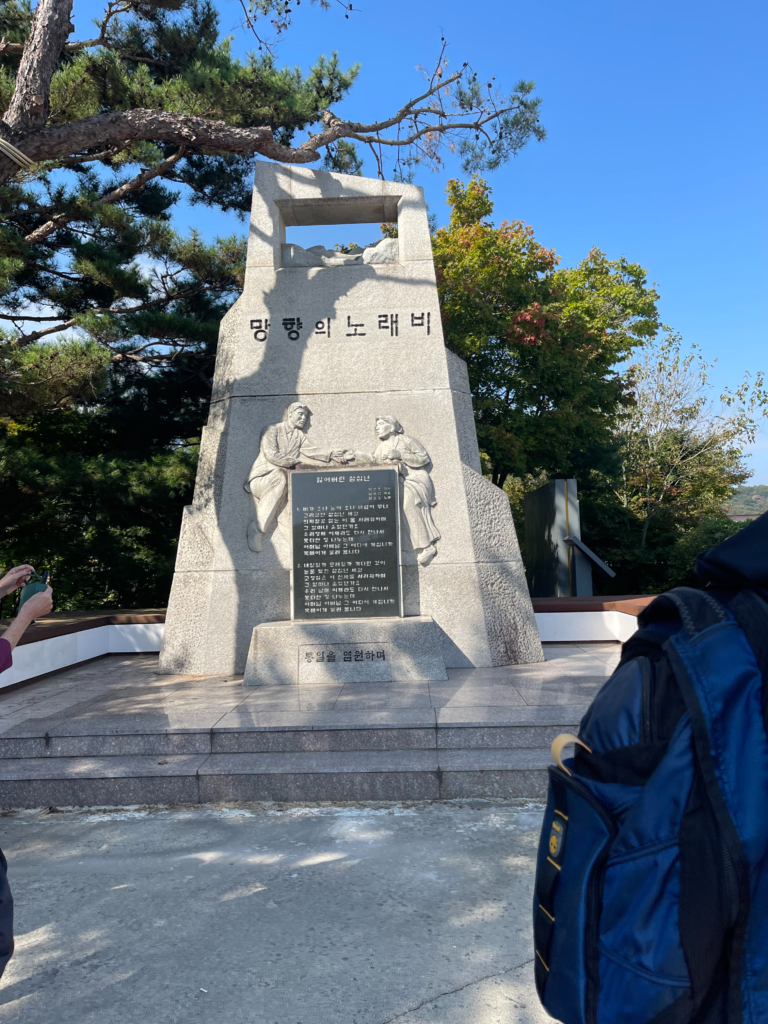
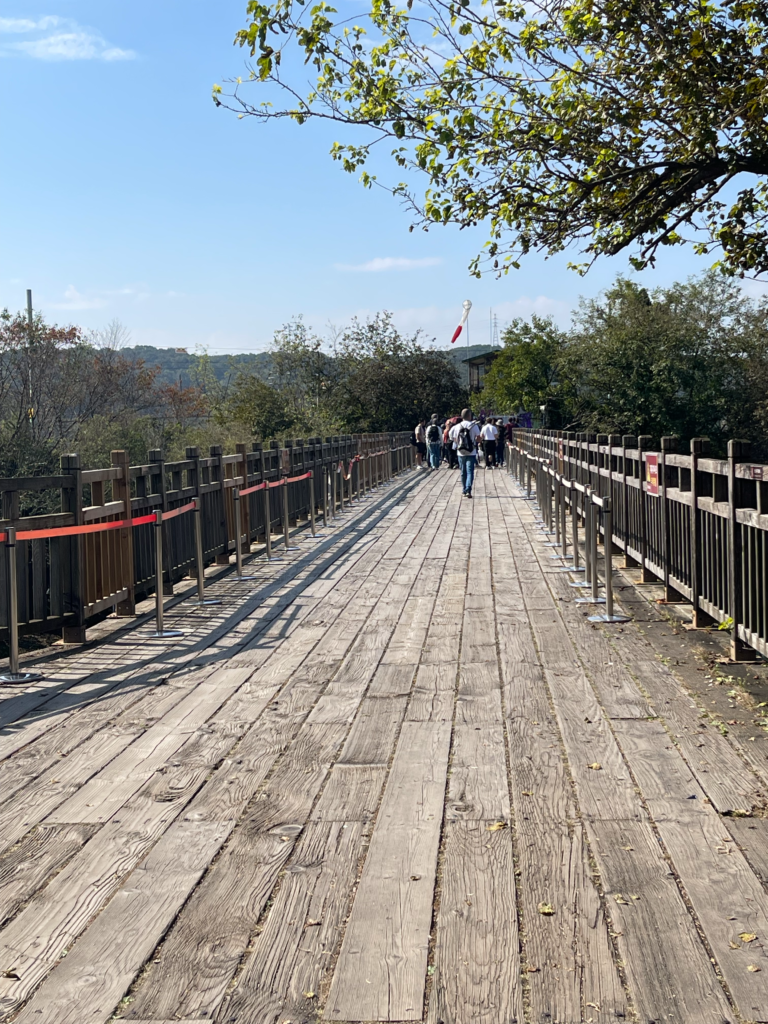
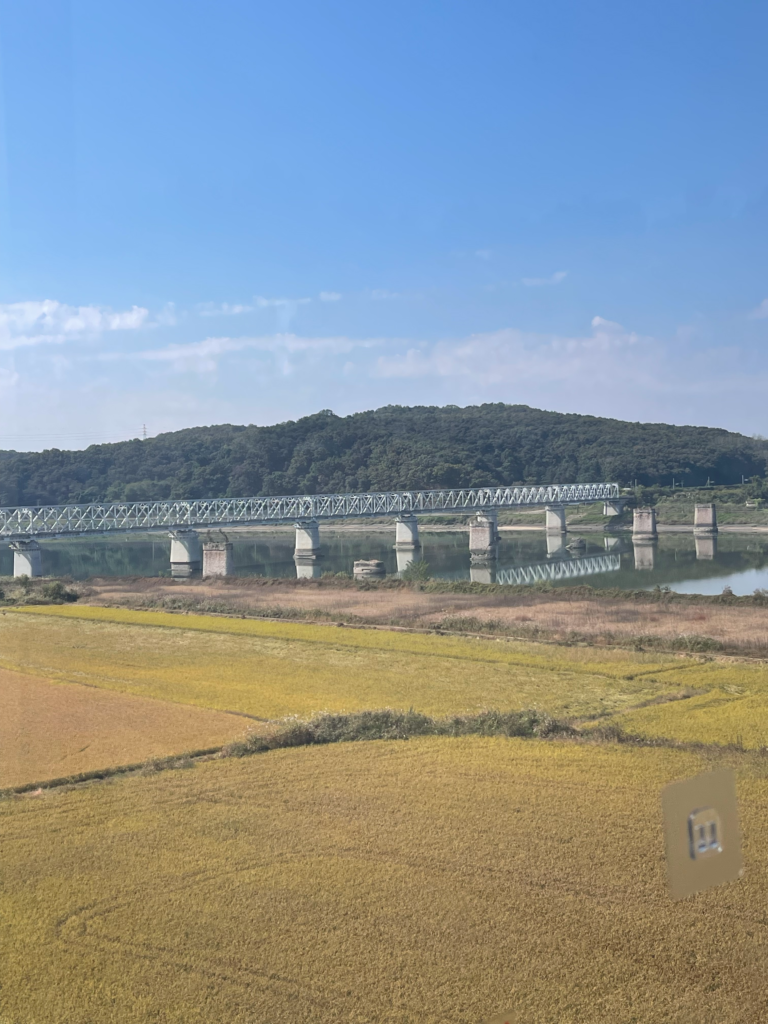
Every weekend elders come to weep at the bridge not knowing what happened to their family, friends, and hometown. But those elders come with their families. Those family members, who aren’t as connected with a place they’ve never seen or been, usually go to the amusement park to wait for their elders to finish.
Yeah…that’s how this tour STARTS. And for my mother it hit very close to home causing both of us to have to hold back our own tears. My mother fled Cuba when she was a child and has never been able to go back. She understood exactly how those people felt. She said she wasn’t expecting to relate to people thousands of miles away from home.
We had some time after to grab something to eat and go on a gondola to visit a small observatory and old military conservatories. When we unloaded off the gondola onto the opposite side we found the reason we had to take a gondola was because below us there were an estimated 300,000 unfound landmines. Around the observatory and military sites were fences warning of the landmines. A truly wild experience.
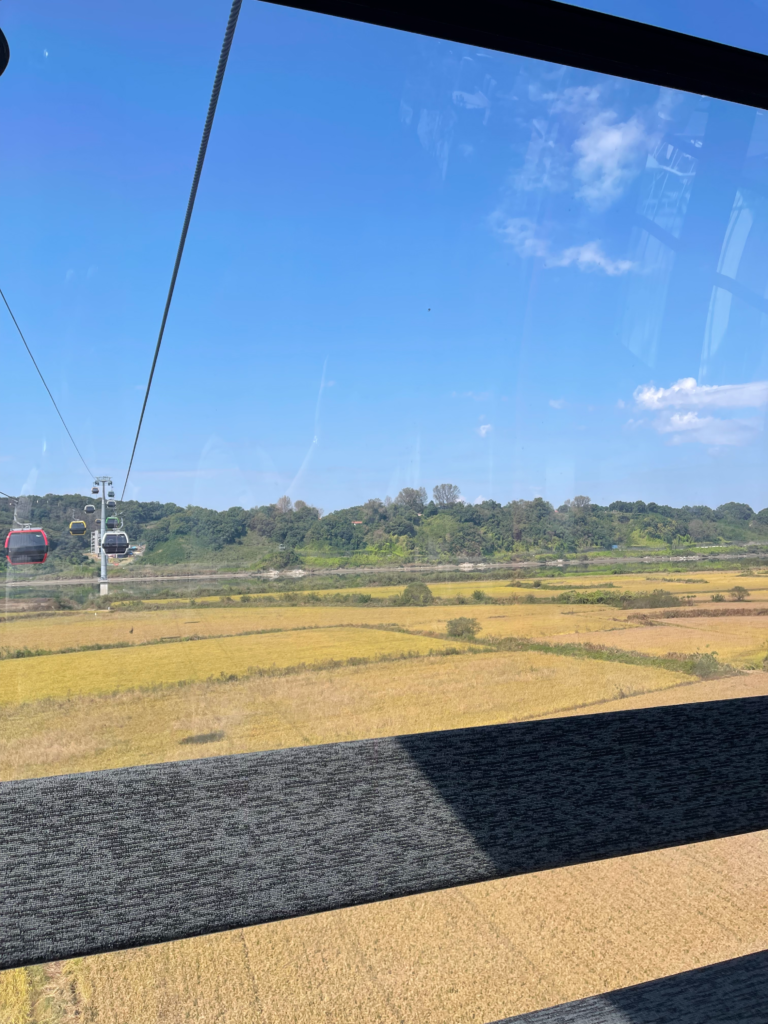
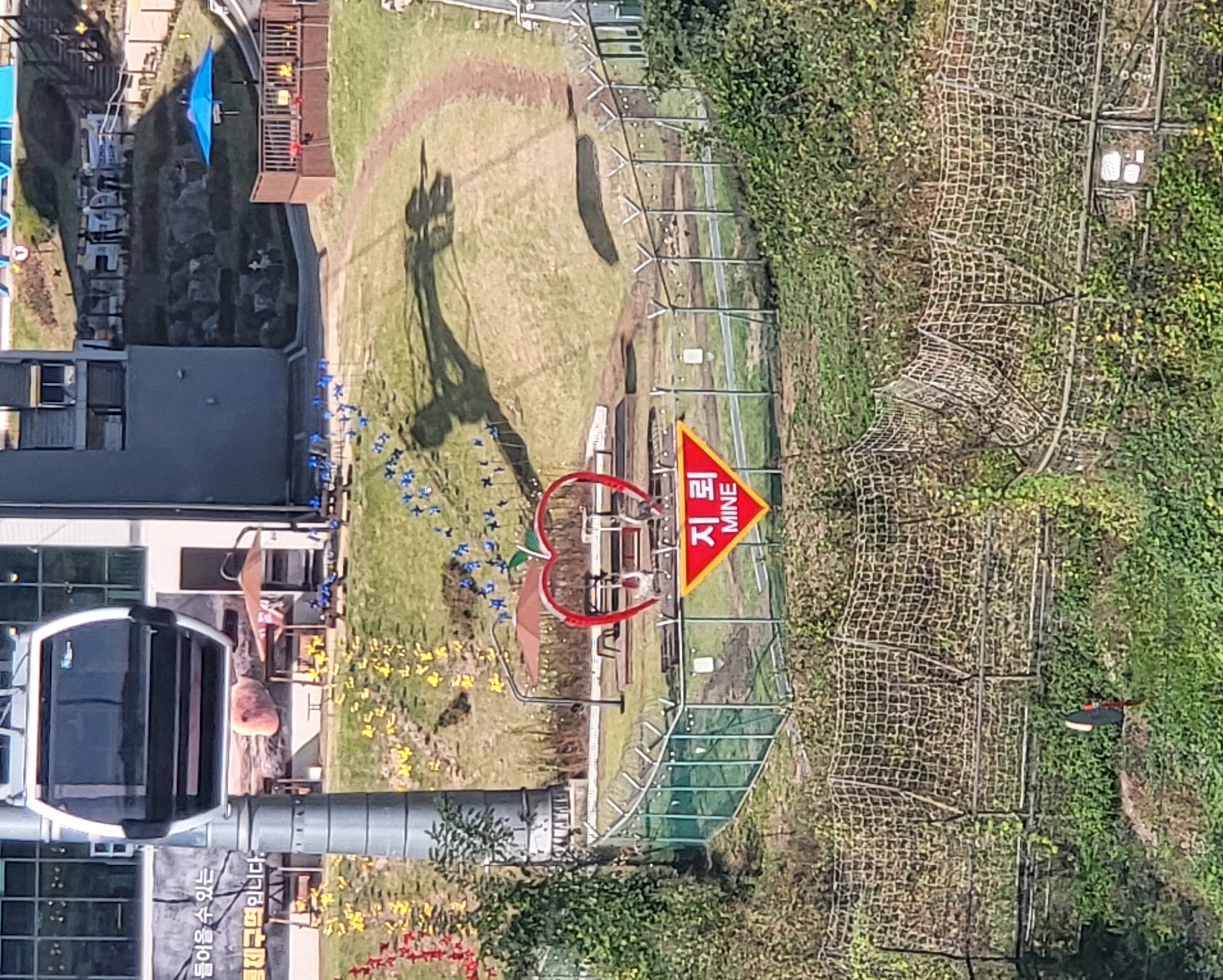
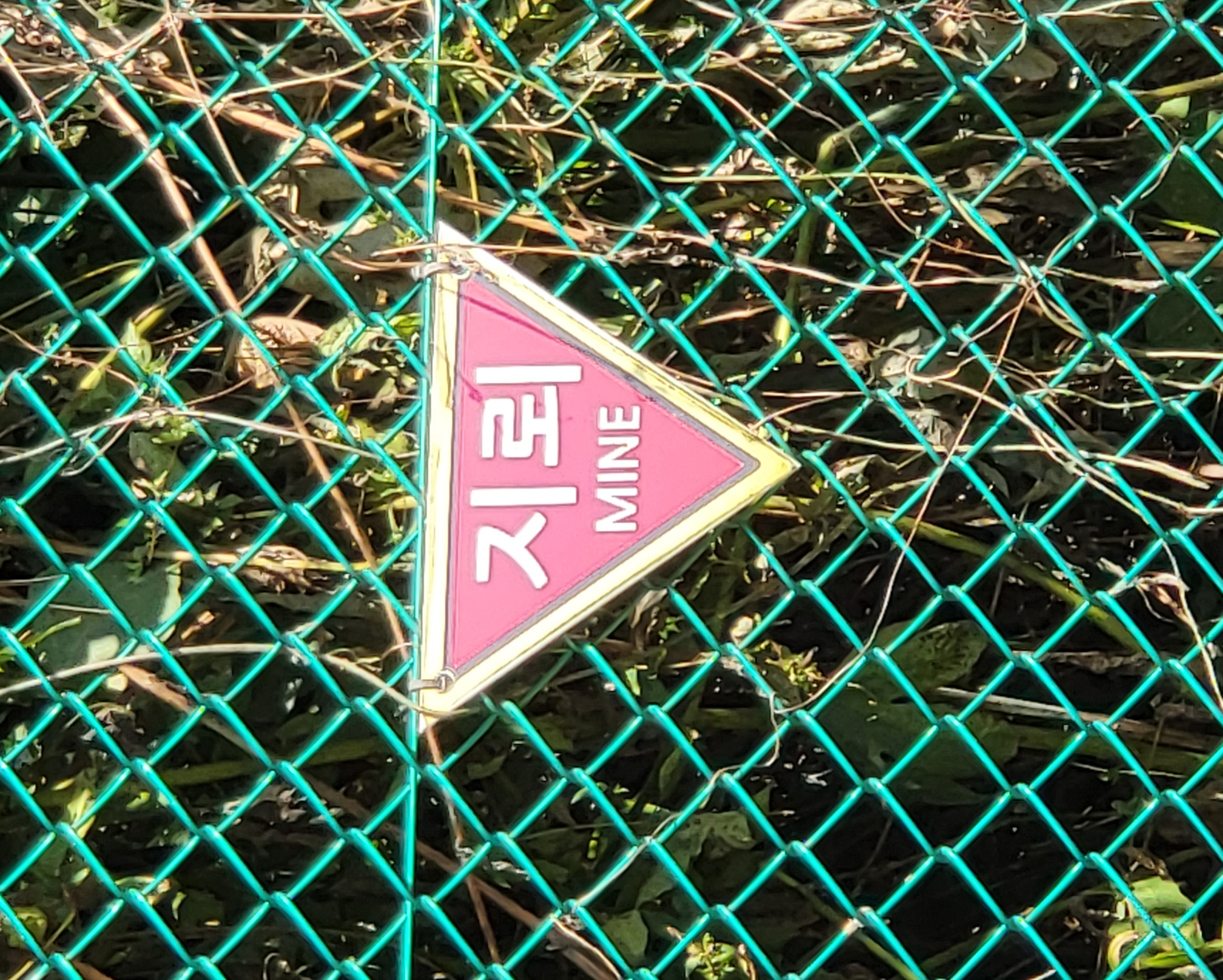
Then it was finally time for us to enter the DMZ. The bus arrived at what I would describe like a toll booth or a boarder patrol booths. The bus doors open and South Korean military enter the bus. The tour guide hands them a list of everyone on the bus and they go seat by seat we show them our passport and point to our name on the sheet. He makes a mark next to our names. This happens upon exit as well. It is to make sure everyone who enters also exits.
Once we got through the booth, we had officially entered the DMZ, and the clock started. Yep, you are timed on how long you can stay in the DMZ. We headed to the first stop in the DMZ. The drive was interesting. While the roads were straight, you didn’t drive straight for long. On the road were barricades the bus had to wiggle itself around.
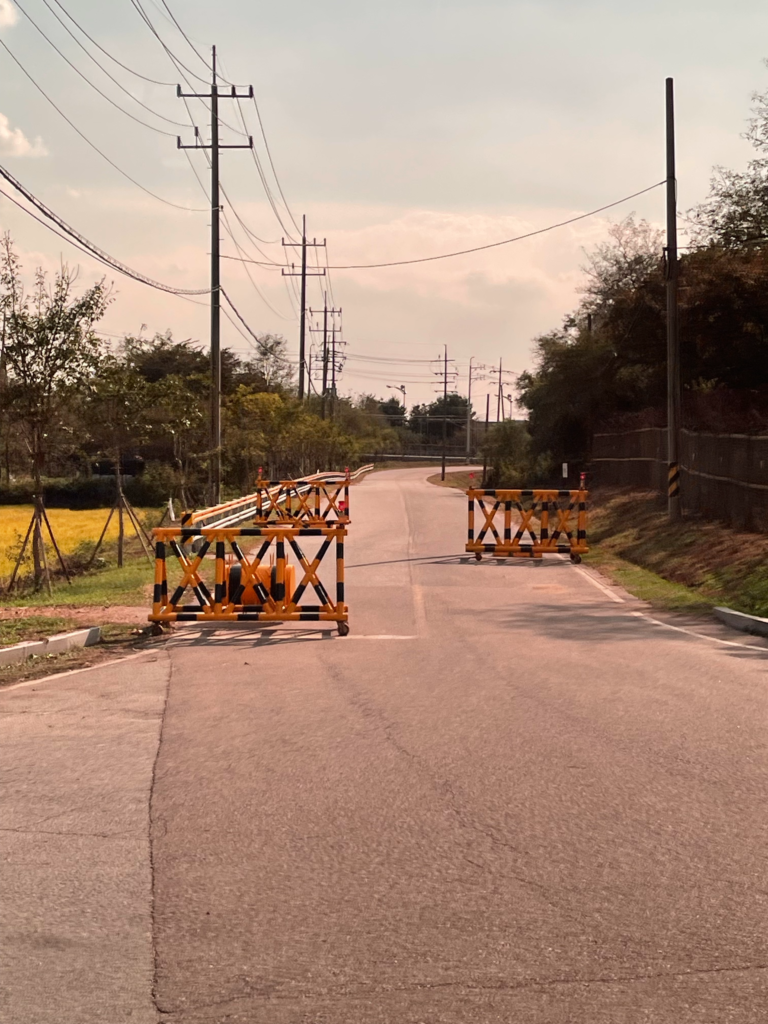
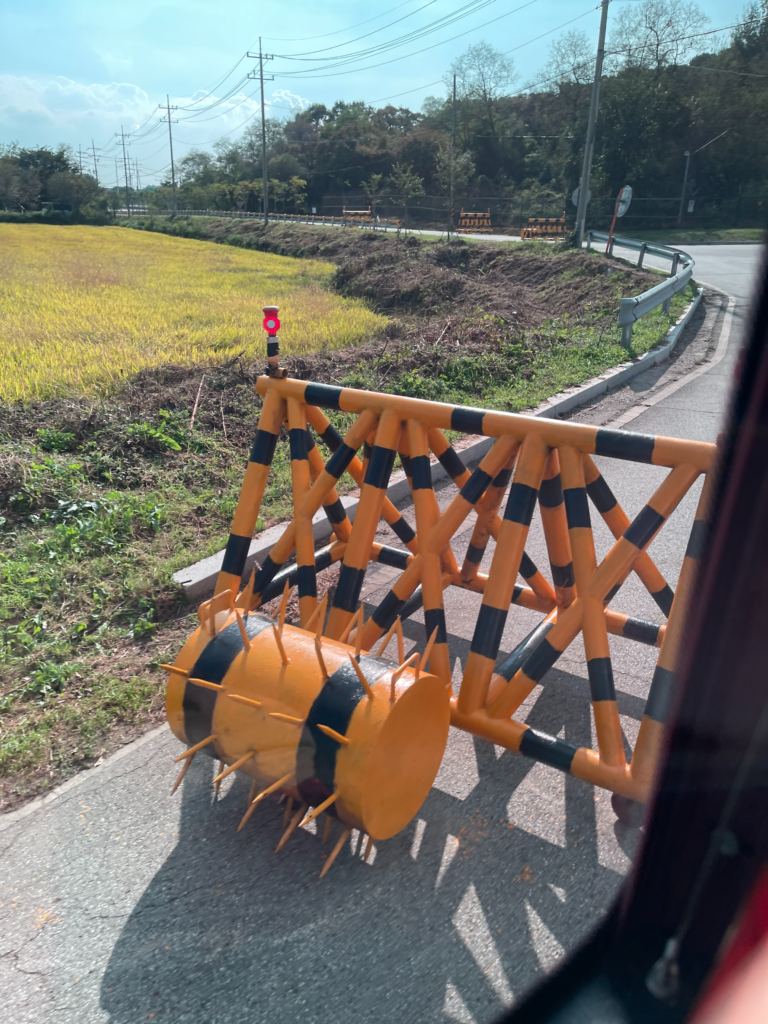
We arrived at the first location. Interception Tunnel #3. North Korea decided their game plan to infiltrate South Korea was to dig tunnels under the DMZ in order to invade, but South Korean intelligence picked up on it and dug their own tunnel to intercept the North Koreans. While four have been found, they believe there are more that haven’t been found.
You can climb down the interception tunnel to see where South Korea stopped North Korea, but it is a very steep angle and as you get closer to the bottom it gets narrower. On top of that one must remember you need to climb back up. If you can’t make it, they will charge you a couple hundred dollars to have people come and bring you back up. You are also not allowed to bring anything down with you. No bags, cameras, nothing. They did allow jewelry. We put on the hard hats and started the trek down, but I will admit when I saw it become narrower, and when I looked up at how much I would need to climb back up I looked at my mom and before I had to say anything she simply turned around with me and we climbed back up.
While disappointed, I knew my own ability and I wouldn’t have made it back up. They had a small gift shop, which felt odd, but the money went towards continuing the mine clean up. We bought some small items and walked around the area, that had a small park, and some photo areas. Again, odd touristy thing but it was also weirdly understood.
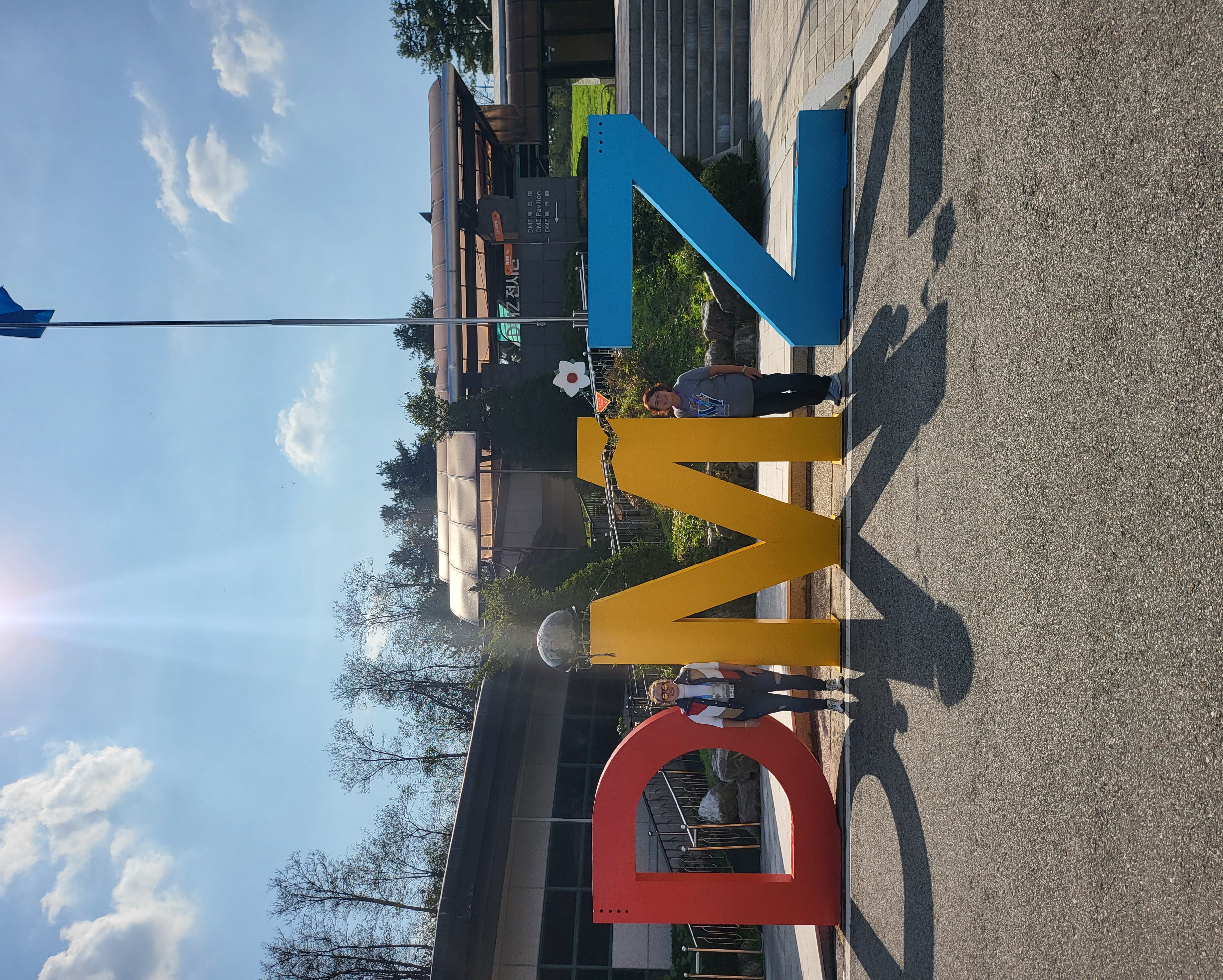
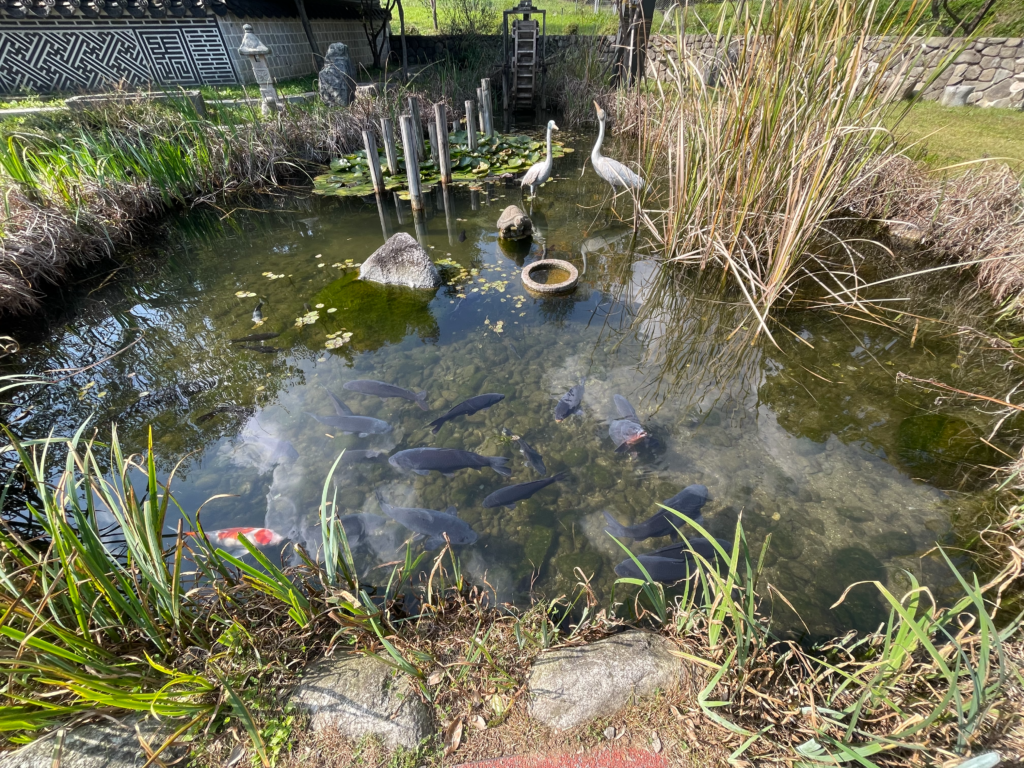
Everyone climbed back on the bus and we headed to 도라전망대 (dolajeonmangdae – Dora Observatory) where we would get the opportunity to actually see North Korea through large binoculars. When we were able to look around it was mostly hills and mountains but every now and again we could see small towns. Our guide informed us that a lot of those towns aren’t real. While it looks like nice big buildings, they’re fake and no one actually lives in the towns. She also informed us that if we see people riding bikes, or doing what looks like ordinary everyday things, they are North Korean military on patrol.
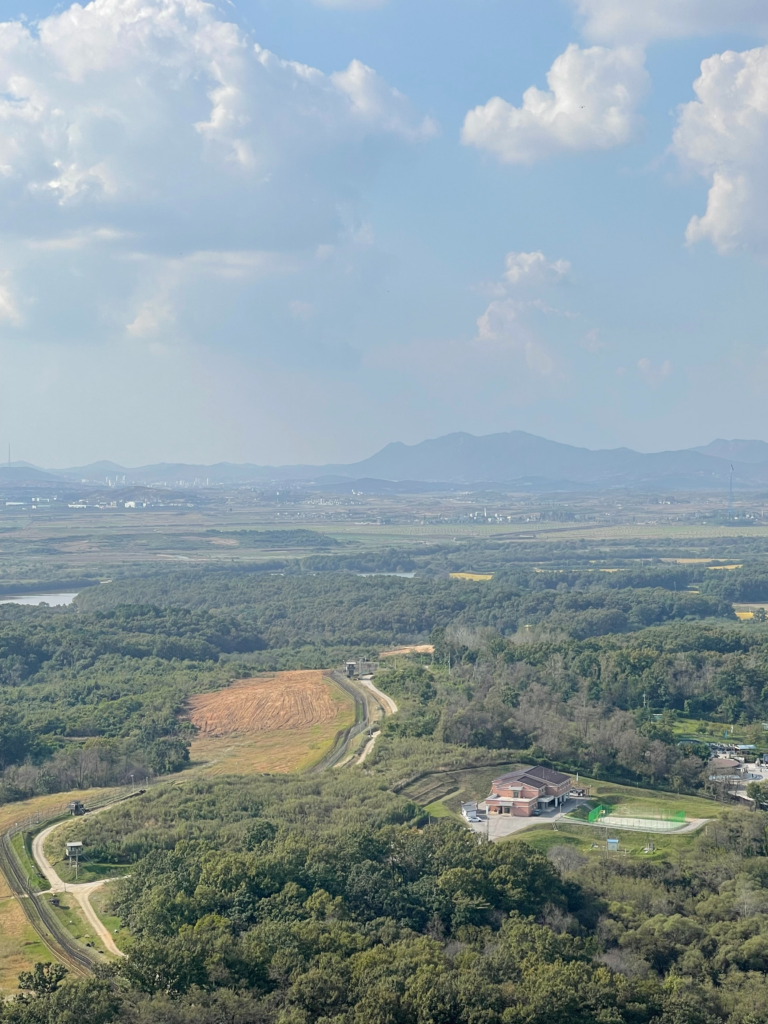
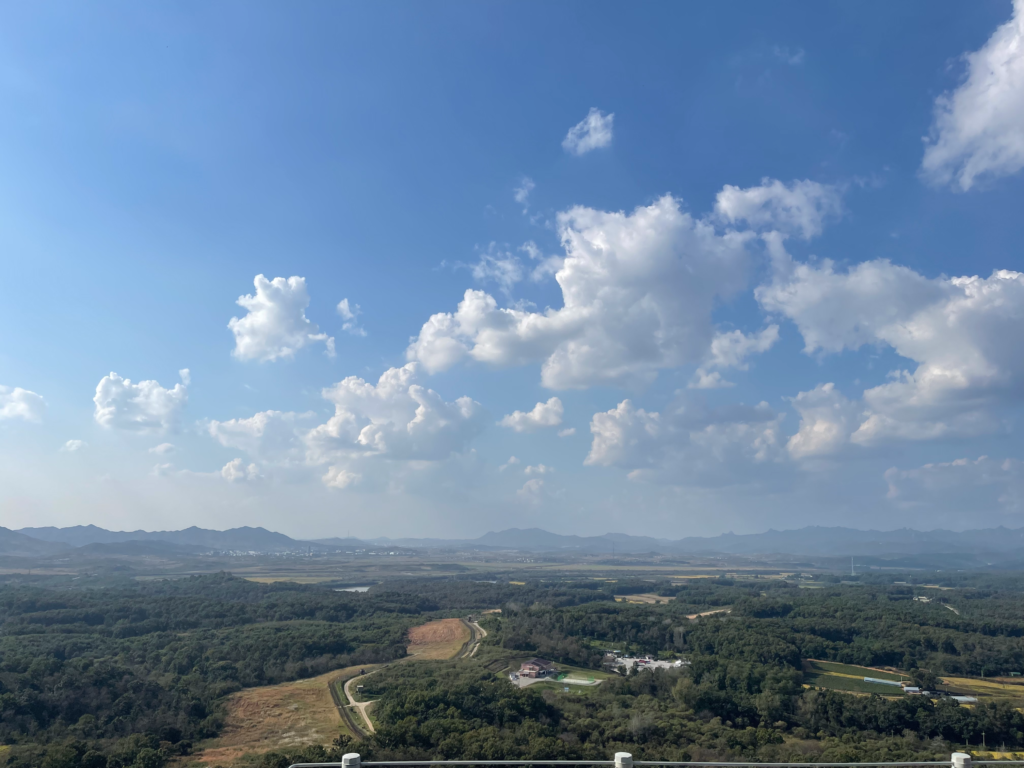
Our final stop was a supermarket in the DMZ because, are you ready for this? People live in the DMZ. A very small amount of people, just around 500 are allowed to. They don’t pay taxes, don’t pay for healthcare, and don’t perform the mandatory military service of Korean men. They are citizens of nowhere, but South Korea gives them passports, so they are able to travel. However, to leave for extended periods, residents need to receive permits. If they work or go to school outside of the DMZ, they must be back by 7pm, when entry to DMZ closes. Every night military come and check every house to make sure everyone is there. Order food? You will have to meet the delivery person at the entry to the DMZ. Have to go to the hospital? There isn’t one in the DMZ.
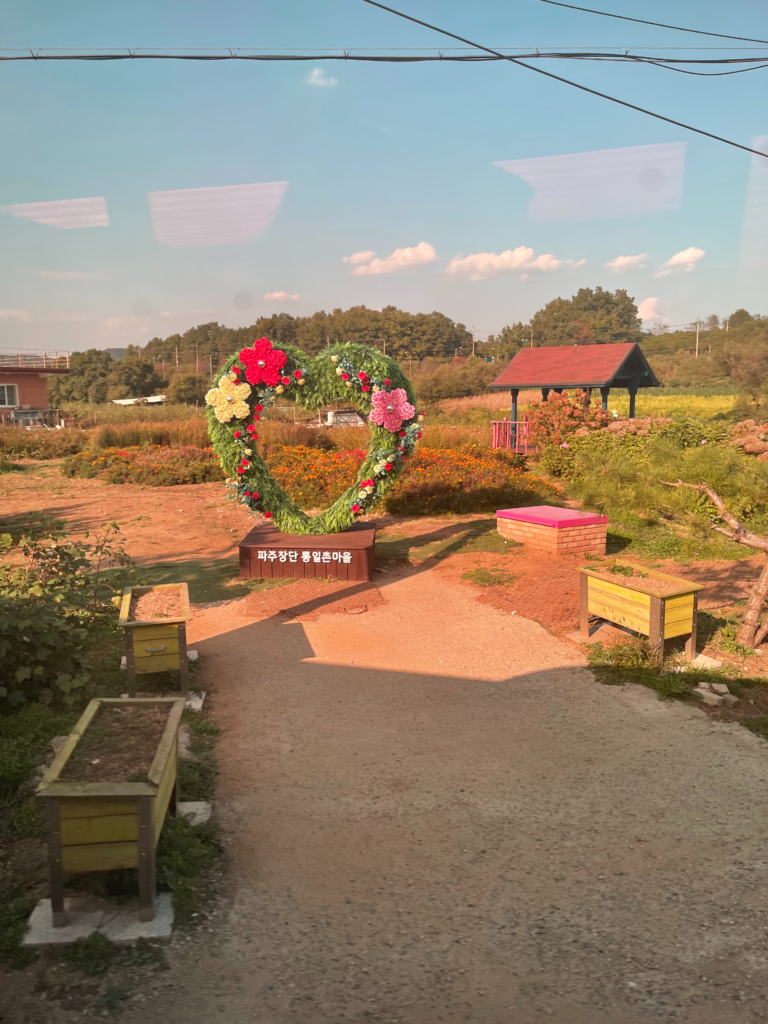
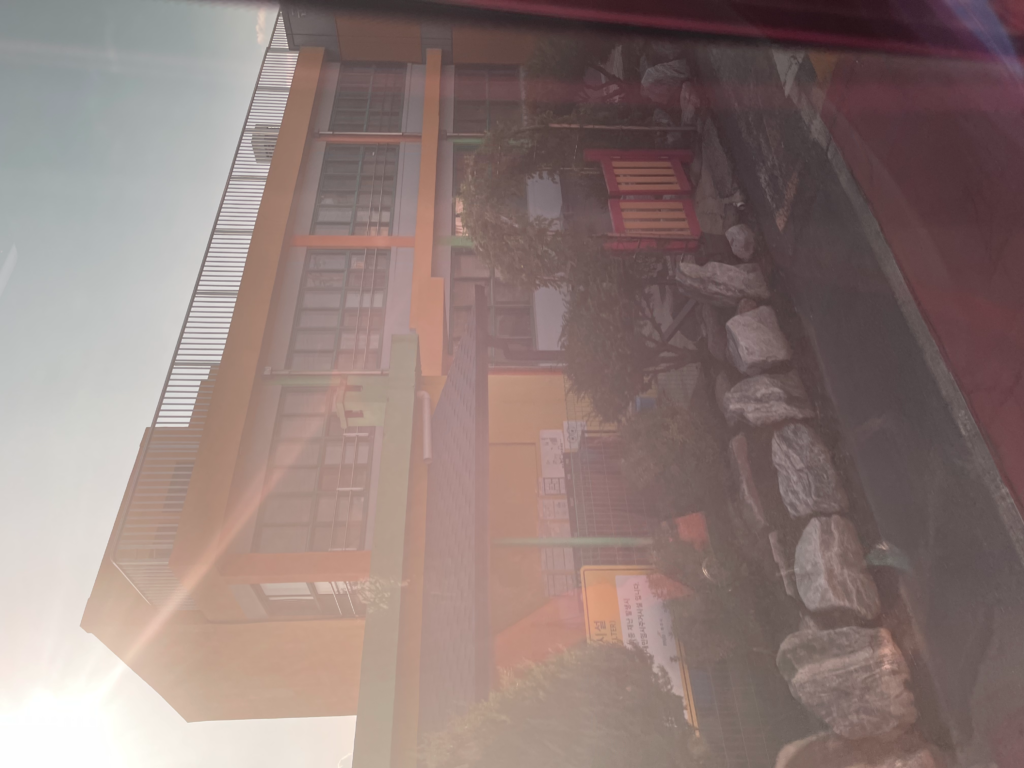
But the DMZ is known for their organic rice and ginseng. They sell it once a year outside the DMZ, but year-round within the DMZ, so if you’re lucky enough to tour, you can pick it up.
This tour was such an experience and one that I would 100% recommend to anyone visiting Korea. It is a pivotal moment in the country’s history and even in its current state of affairs. It’s a powerful and moving tour that left my mom and I crying, surprised, and shocked at the things we learned. If you do plan to visit please let me know, and if you have done a tour already also leave a comment.



